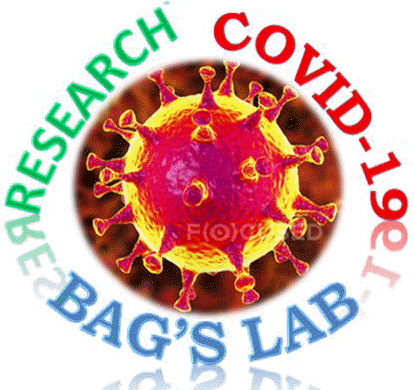|
Home Biography Research Few Publications Full List of Publications Graphical Abstract Project Funding Collaborators Courses Group Members Photo Gallery |

|
|
|
| SYNTHETIC METHODOLOGY DEVELOPEMENT |
|
Overview: In the process of the journey of synthesizing biomolecular building blocks via click chemistry, I have developed a novel “Click reagent version of Sonogashira coupling” protocol, which has a significant impact and is being utilized by several synthetic chemists globally (J. Org. Chem. 2011, 76, 2332). The established protocol which comes with the rectification of existing limitations of Sonogashira coupling is fulfilling the demand of all chemists in the field of synthesis of conjugated alkynes. This work is highly appreciated by several renowned organic chemists in India and abroad.
The unique fundamental and innovative contribution in the field of Click Chemistry is also much appreciated. I have shown that the click reaction is highly efficient in the installation of a fluorescence response into a non-fluorescent precursor and modulation of the emission response of a fluorophore. Its citations appreciate the impact of the work (J. Org. Chem. 2011, 76, 3348). Prof. Wen-Sheng Chung, National Chiao Tung University, Taiwan, ROC, was greatly impressed by our work and utilsed our concept of modulation of fluorescence response of pyrene. We have also developed strategy of one pot click and Sonogashira coupling reaction. We are also engaged in studying the reactivities of designed enediynes. We are also engaged in studying the reactivities of triazolyl donor/acceptor fluorophore decorated monocyclic and byclic β-lactam antibiotics. We recently take up a project to decorate the nucleosides with enediynes as base and to design atropomers as new class of catalyst for assymetric synthesis. In a continuation of the development of synthetic methodology, I have recently designed a multipurpose nano-photocatalyst [CuII@TiO2] for use in carrying out Click- and hetero-selective Glaser coupling reactions in aqueous media. The beauty of the catalyst lies in its efficiency, well tolerance to a wide range of functional group and it works in environment benign solvent. Most importantly, the catalyst maintains the effective photocatalytic cycle utilizing the hole and/or oxygen in air as green oxidant for both the reactions. It is also unique for Click reaction because it works in the absence of base and has attracted immediate academic and commercial interest. This catalyst and the process is under consideration for a patent.
|
